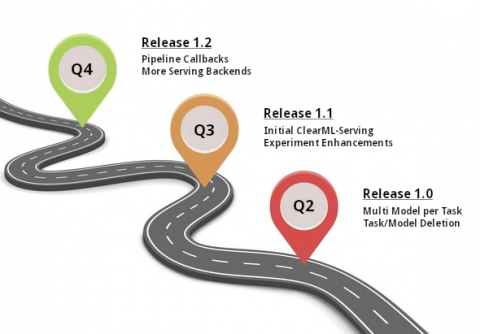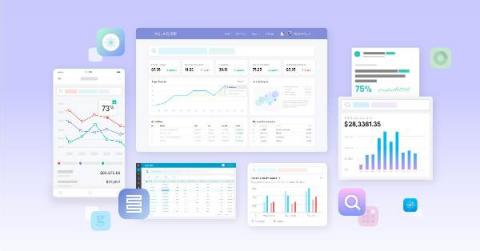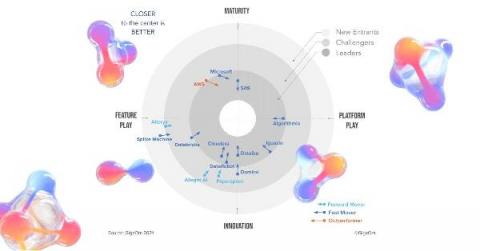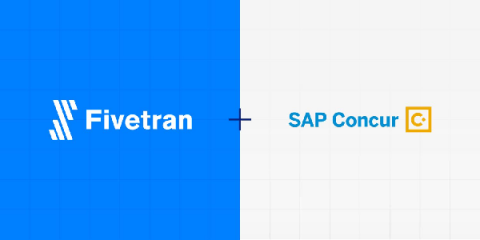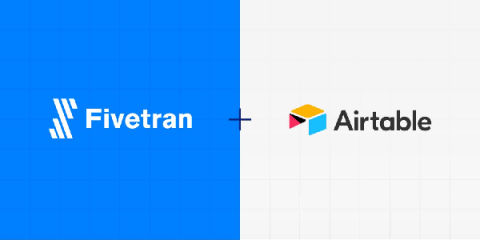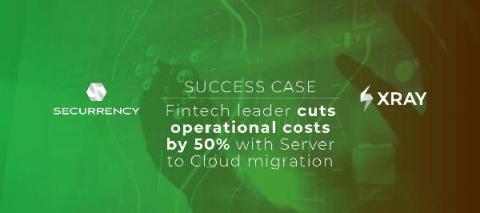ClearML hits 1.0
May 3rd 2021 – With over 11 man-years of working, and tinkering, long into the night, I am pleased to announce we have hit version 1.0. Following quickly after the release of ClearML 0.17.5, we added the last remaining features we felt 1.0 needed. Namely multi-model support, as well as improved batch operations. With these in place, the choice was clear. The next version released should be the baseline moving forward.



